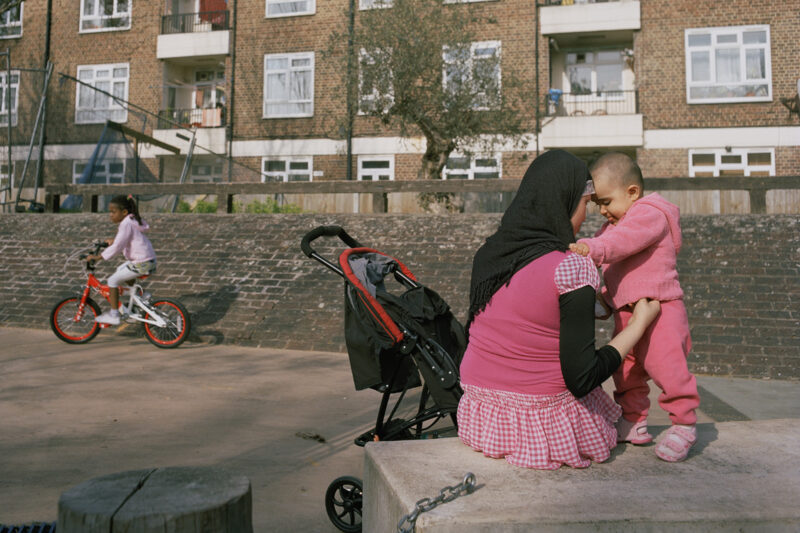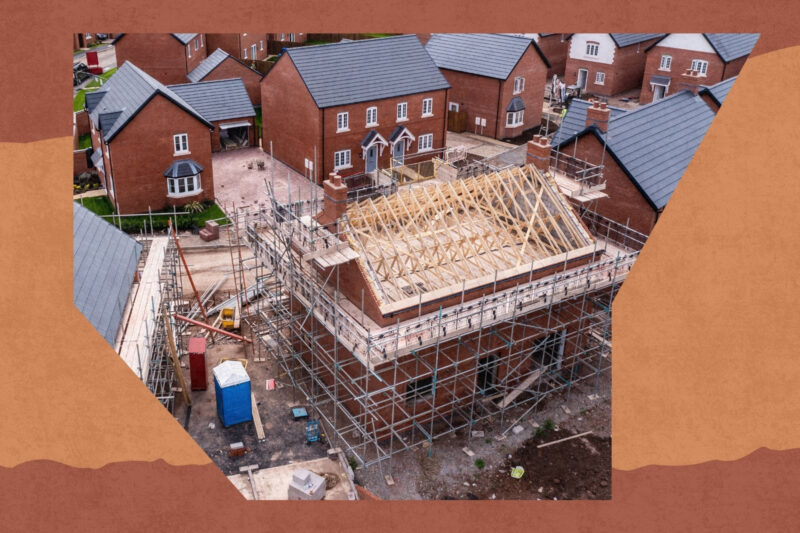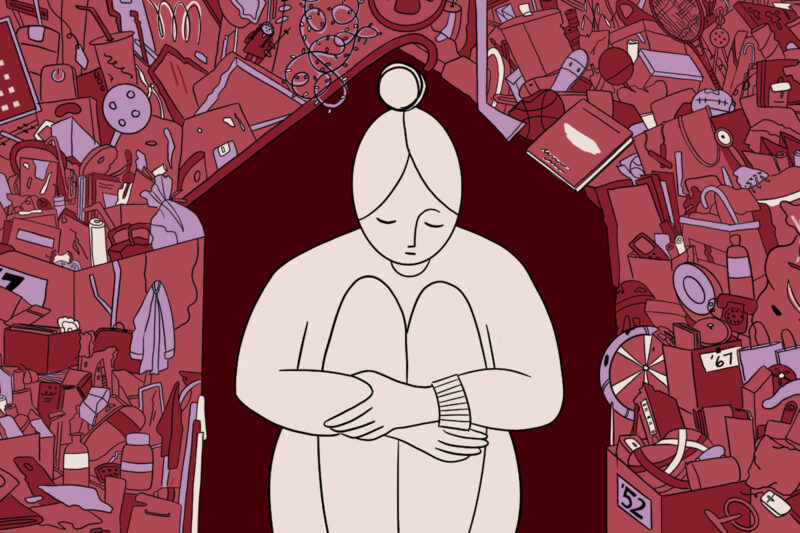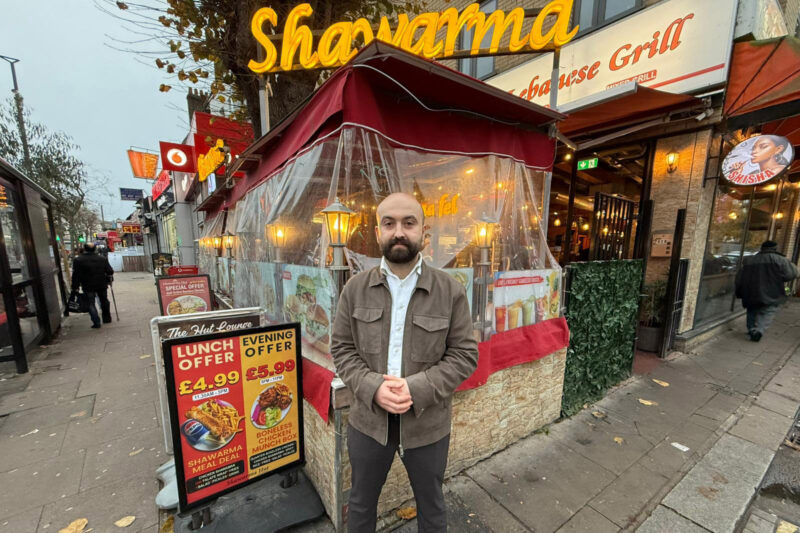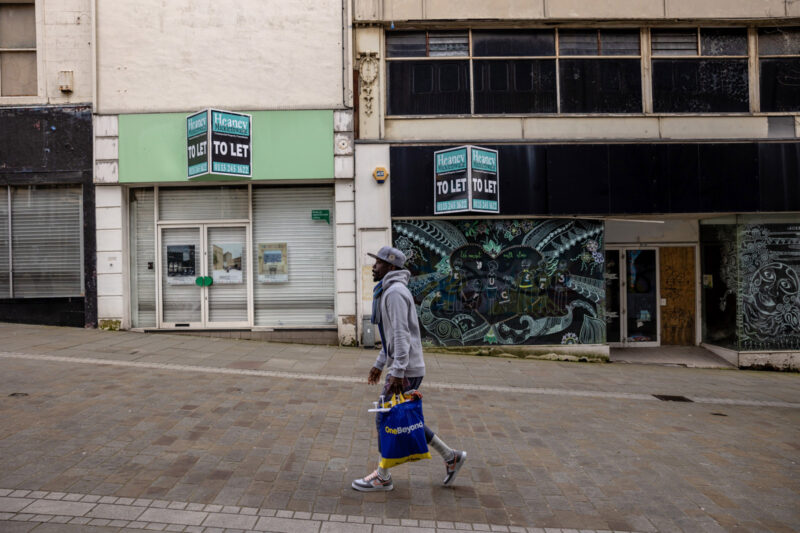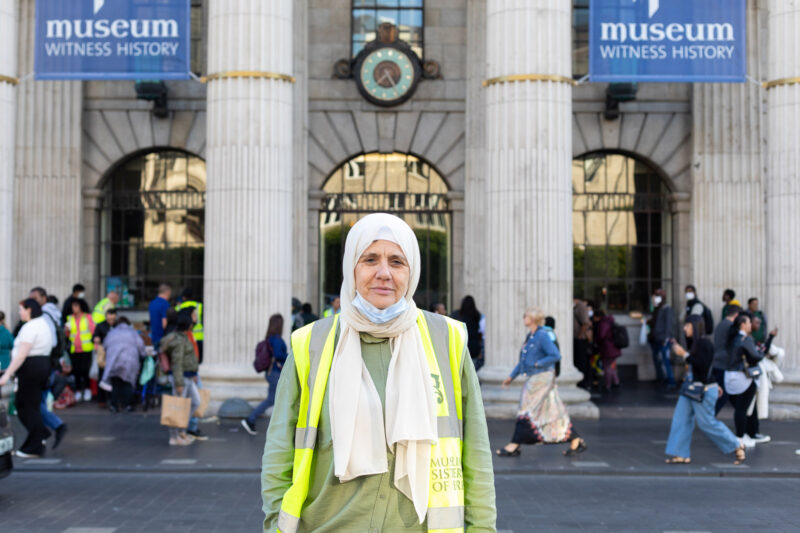Bangladeshi and Pakistani families worst affected by poverty in UK
Joseph Rowntree Foundation also found the West Midlands is the only region where poverty rates have risen since the mid-1990s
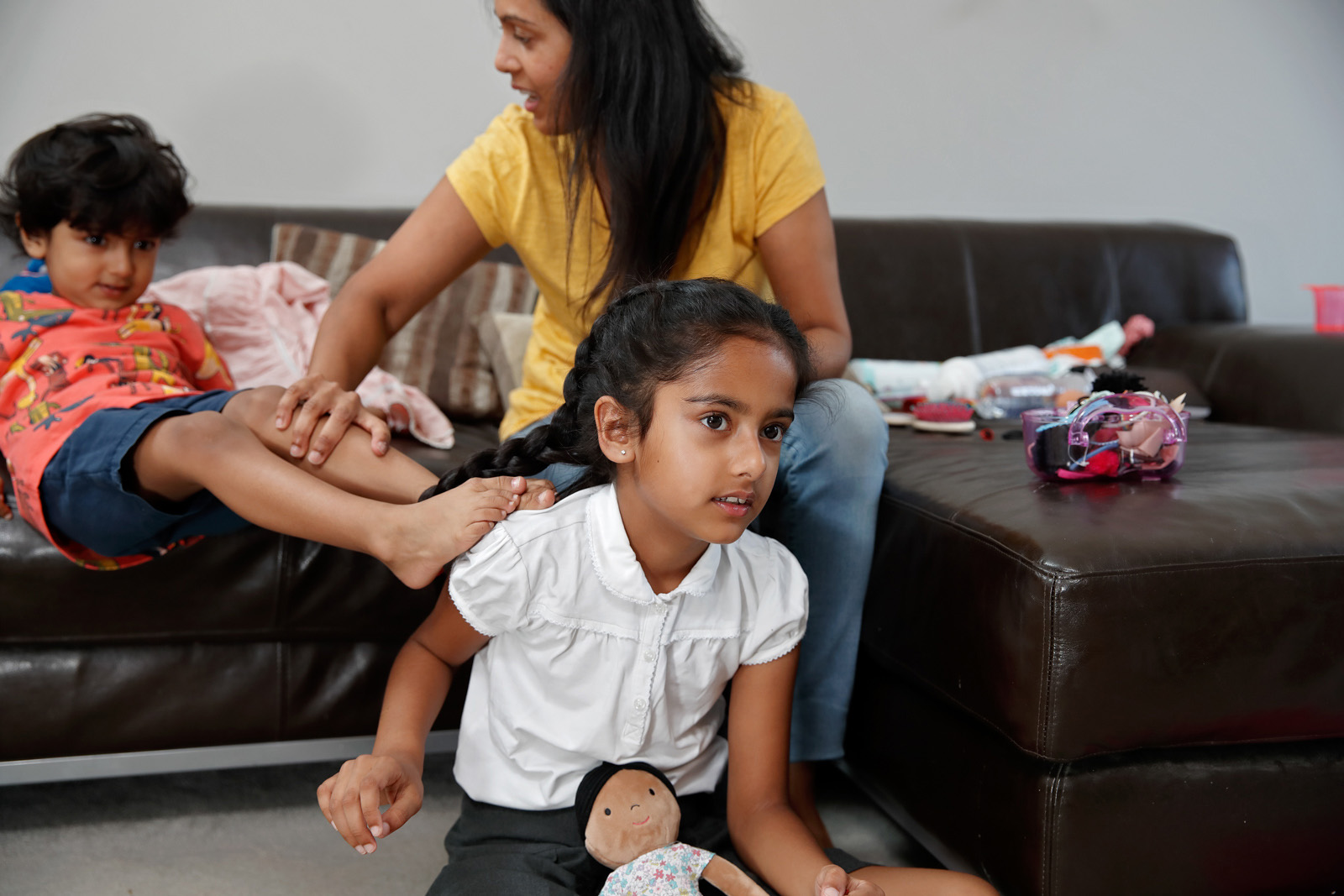
Bangladeshi and Pakistani households continue to face Britain’s highest levels of poverty, with the West Midlands now the only region where deprivation rates are worse than in the mid-1990s, new analysis has found.
It is a stark assessment of life for British Asian families, who are more likely to live in poorer urban centres such as Birmingham, Bradford and some inner London boroughs. The West Midlands had the highest poverty rate at 27%, followed by the north-west of England (25%), London (24%) and Yorkshire and the Humber (23%). In 1994-95, the West Midlands’ overall poverty rate was 24%.
The research by the Joseph Rowntree Foundation (JRF) thinktank, published on Wednesday, found that 56% of people in Bangladeshi households, and 49% in Pakistani households, in 2022-23 were living in poverty — where someone’s household income is below 60% of the median after housing costs. Those figures are better than in 1994-5, the earliest data in the report, but remain Britain’s worst, with 19% of white families living in poverty. All ethnic minority households were more likely to be in poverty than members of white households; people in Black African households were the next most affected, with 40% living in poverty.
Azeem Suleman, founder of the Cutchi Sunni Muslim Association in Birmingham, which provides community services including a monthly food bank, said: “We do get emails nearly every day, but unfortunately we can only take selected cases, and in other cases we refer them to other food banks.”
Ethnic minority families were also more than twice as likely as white households to live in “deep poverty” — meaning their income was at least 50% below the median UK income after housing costs.
Previous research by the JRF suggests that the factors driving high levels of poverty among Bangladeshi and Pakistani families include care responsibilities, low wages and high reliance on private rents.
Child poverty rates were also particularly high for children from Pakistani and Bangladeshi families, affecting about two thirds of kids (61% and 67% respectively), while around half of children from Black African families and households from Asian backgrounds other than Indian, Pakistani, Bangladeshi or Chinese were in poverty.
The report noted that the areas with the highest rates of child poverty are some of the most ethnically diverse, as well as being larger cities where more people are renting and face higher housing costs.
Rokshana Akter, a wellbeing support officer at the Aaina Community Hub, a charity that supports women and children in Walsall in the West Midlands, said: “I’ve heard so many ladies speak up about the rising cost of food and it has been impacting a lot of the families. The main problem is that the income coming in is way less than what’s going out.
“Many of these people are from South Asian families that work, but they don’t actually get the minimum wage. They usually tend to get way less than the minimum wage, which means that they then have to go for benefits. They have to go for universal credit and they’re just struggling to cope.”
Akter agreed with the JRF, which found in its report that “the social security system is simply not doing what it was set up to do”.
“It’s just so hard to get off of benefits,” she said. “It’s not like people don’t want to. I’ve seen so many families, so many people here, looking for jobs.”
English regions the West Midlands, north-west, Yorkshire and the Humber, and north-east experience the UK’s highest rates of unemployment — between 25% and 30%.
Joe Elliott, senior analyst at the JRF, said: “Four of the 10 highest child poverty rates by constituency are in Birmingham, and these constituencies have very large Asian and British Asian populations, including Hall Green where 70% are minority ethnic, including 54% Asian. Birmingham Ladywood is 78% minority ethnic, including 41% Asian.”
Elliott added that lower-than-average rates of employment, lower earnings than in the south of England and greater numbers of people in private rented homes were helping drive poverty rates in the West Midlands. He called for the government to guarantee a minimum basic rate of universal credit so people could afford basic provisions, and to uprate Local Housing Allowance — which determines how much housing benefit is given to private renters — to match the bottom third of local rents in any given area.
 Newsletter
Newsletter


